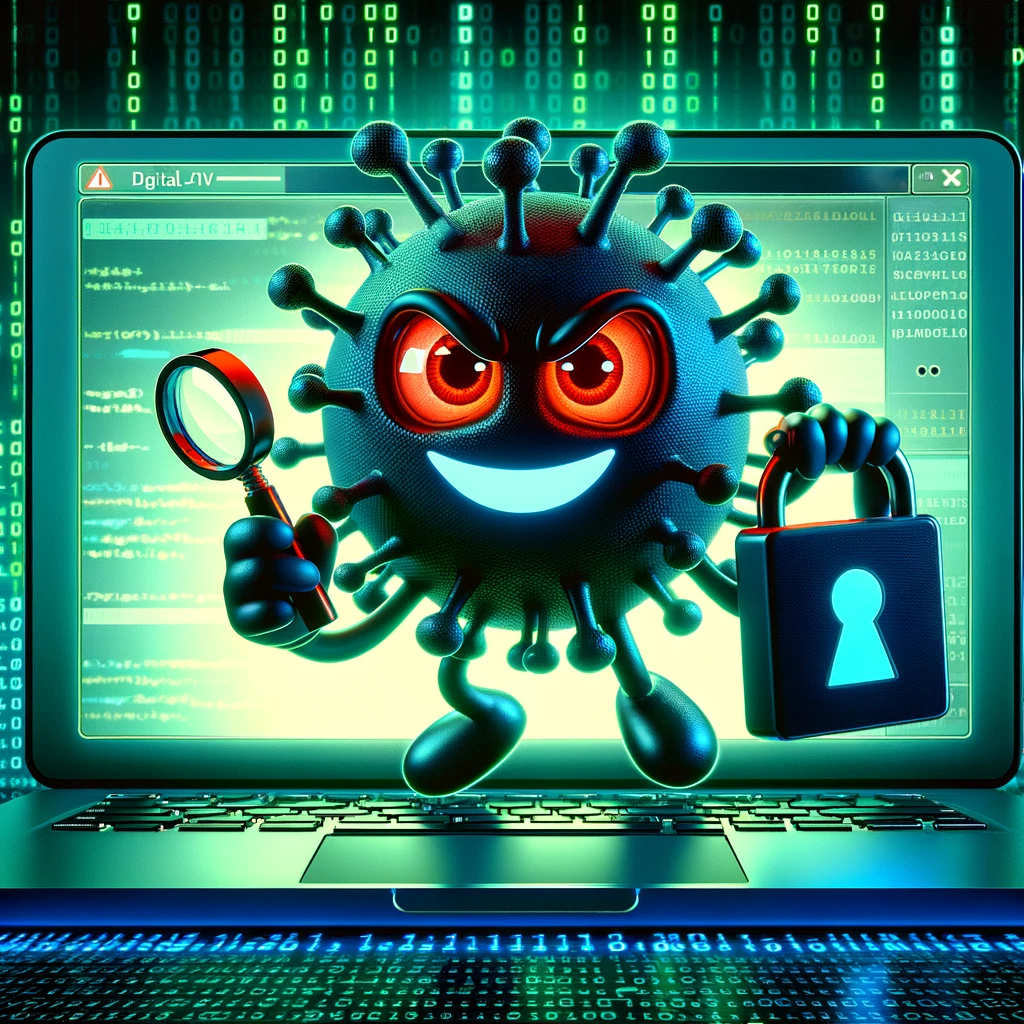
As the world grapples with the complexities of cyber warfare, North Korea’s state-aligned cyber threat actors have been orchestrating a series of sophisticated campaigns targeting macOS users in 2023. The notable operations, dubbed ‘RustBucket’ and ‘KandyKorn’, demonstrate the advanced level of cyber espionage and subterfuge employed by these actors. These campaigns not only highlight the evolving nature of cyber threats but also the urgency for enhanced cyber defense mechanisms.
The RustBucket campaign was a masterclass in stealth and deception. Utilizing ‘SwiftLoader’, a malware disguised as a PDF Viewer, the attackers lured their victims into a false sense of security. The lure document, once opened, triggered SwiftLoader to fetch and execute another stage of malware, ingeniously written in Rust. This operation exemplified how traditional cybersecurity measures could be bypassed with creative social engineering and sophisticated coding.

In a more intricate maneuver, the KandyKorn campaign specifically targeted blockchain engineers at a cryptocurrency exchange platform. Through a series of Python scripts, the attackers hijacked the host’s Discord app, delivering a backdoor Remote Access Trojan (RAT) written in C++, named ‘KandyKorn’. This multi-stage operation was a testament to the attackers’ deep understanding of their targets’ digital environment and their ability to exploit it.
SentinelOne’s analysis revealed a new twist in these campaigns, with DPRK threat actors ingeniously ‘mixing and matching’ components. The SwiftLoader droppers from RustBucket were repurposed to deliver KandyKorn payloads, showcasing a recycling of tools and tactics to maximize impact and evade detection.
Elastic’s research uncovered a five-stage attack beginning with social engineering via Discord. The attackers duped targets into downloading a malicious Python application, disguised as a cryptocurrency arbitrage bot. This complex intrusion process involved multiple stages, from initial contact to the execution of the KandyKorn RAT, highlighting the depth and sophistication of the attack strategy.
The attack unfolded through various stages, starting with the distribution of the malicious application and escalating to the deployment of ‘SUGARLOADER’ and ‘HLOADER’, both designed to achieve persistence and evade detection. Each stage represented a layer of complexity, culminating in the execution of the KandyKorn RAT, a powerful tool for remote access and control.
Further complicating the cybersecurity landscape, the RustBucket campaign evolved with variations like SecurePDF Viewer.app, showcasing the attackers’ adaptability. The connection of this campaign to ObjCShellz, a late-stage RustBucket payload, underlined the interconnectedness of these operations.
The discovery of overlaps between SwiftLoader and the KandyKorn operation painted a picture of a coordinated and flexible attack strategy. The use of shared infrastructure and similar tactics across different campaigns indicated a well-orchestrated effort by the DPRK-aligned actors.
The digital landscape of 2023 has been marked by these intricate and highly targeted cyber operations by North Korean-aligned threat actors. The RustBucket and KandyKorn campaigns, with their sophisticated multi-stage attacks and clever use of existing digital tools, underscore the need for heightened vigilance and advanced cybersecurity measures. As these threat actors continue to innovate and adapt, the global community must respond with equal agility and determination to safeguard the digital frontier.